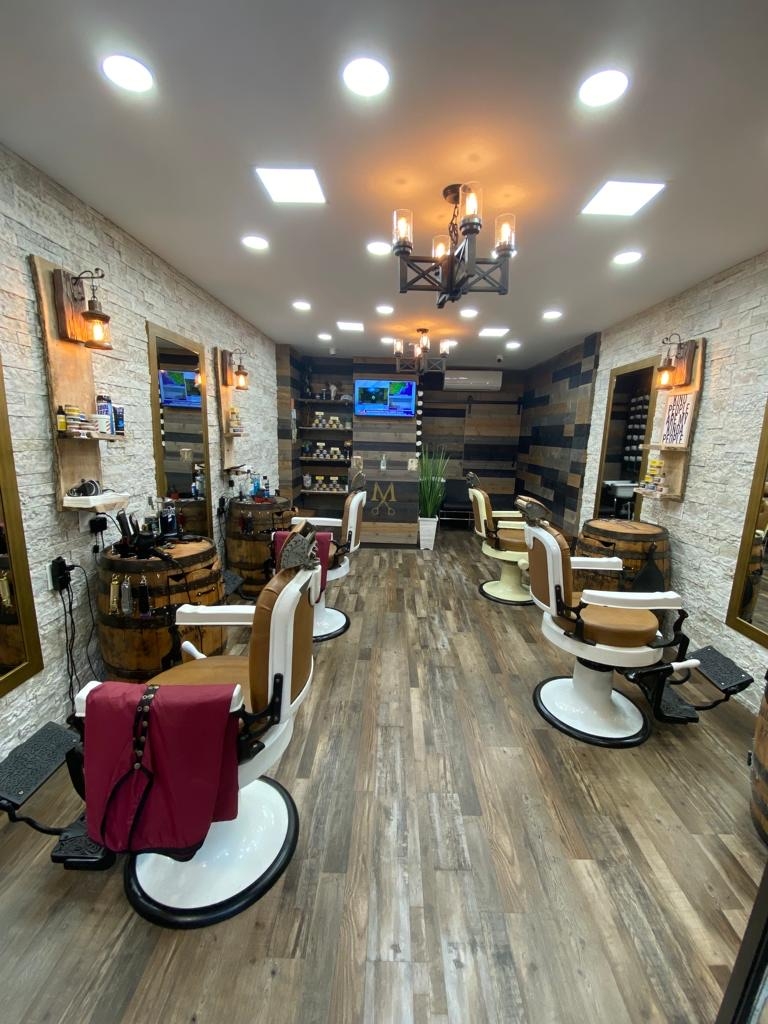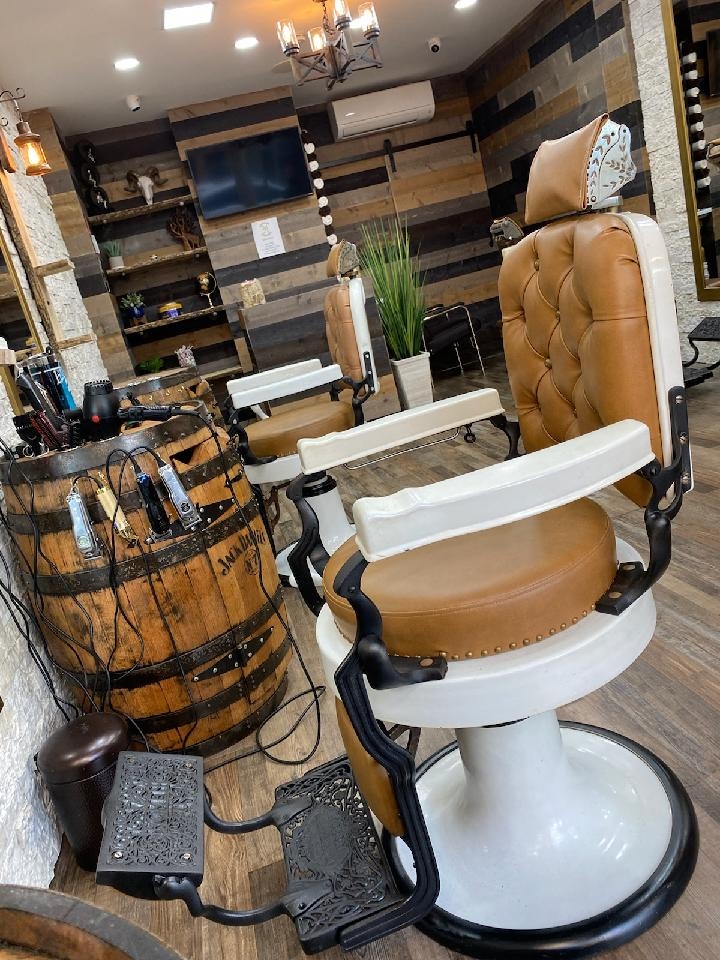Beard Softening Treatments
How do beard softening treatments help to reduce beard itch and irritation?
Beard softening treatments help to reduce beard itch and irritation by providing deep hydration to the beard hair and skin underneath. These treatments often contain ingredients like jojoba oil, coconut oil, and vitamin E, which help to soften the beard hair and soothe any dryness or irritation that may be causing the itchiness. By keeping the beard well-moisturized and nourished, these treatments can significantly reduce discomfort and irritation.



